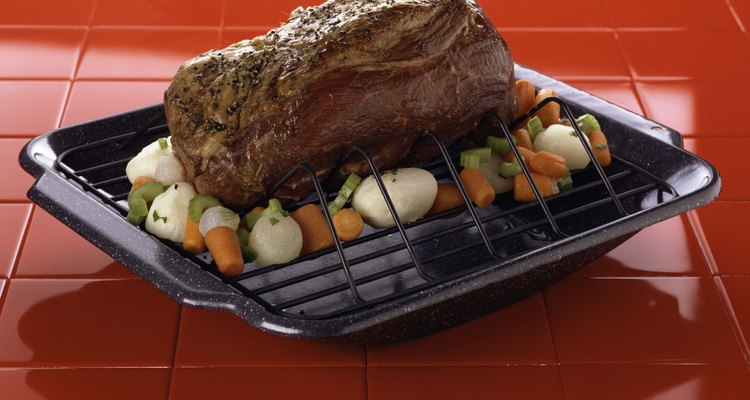
Jupiterimages/Stockbyte/Getty Images
When you are contemplating what type of roast beef and side dishes to serve your family or guests, how to garnish the plate probably isn't very high in your thought process. It's easy to think of a garnish as something restaurants do to make the plate look pretty. A few well-thought-out garnishes, however, can make a home-cooked meal even more special.
Types of Roasts
The term roast beef covers a pretty wide range of cuts and sizes. They are usually cubed or cylindrical in shape, but that cube or cylinder might be anywhere from one to 10 pounds -- or even more in some cases. The area of the cow that the roast comes from determines the tenderness and the cooking method. Tenderloin, strip loin and top sirloin roasts will cook to an ideal tenderness with little more than the heat of a dry oven. Roasts marked as pot roasts, such as shoulder or blade, aren't quite so tender, and require moist cooking with liquid in a covered pot or slow-cooker. You can also find roasts that work well for either moist or dry roasting, like inside or outside round, or roasts that are made for a slow turn on your barbecue's rotisserie.
Garnishing Concepts
Use your garnish to enhance the visual presentation of your meal, but allow it to add taste and texture, as well. Use your own culinary creativity to decide whether your garnish should mimic the texture of the beef or contrast with it. Ensure that your garnish of choice is edible, and that it is the right size for the plate. You don't want it to overpower what you have going on, but you also don't want it to go unnoticed.
Garnish as Part of the Dish
Effective garnishes for roast beef that are also part of the meal include mashed potato rosettes, caramelized fennel confit or a small bed of crispy onions or leeks. A gremolata -- a condiment made from finely chopped parsley, garlic and lemon -- complements beef, as does a classic chimichurri made with cilantro, oregano, garlic, extra virgin olive oil, red wine vinegar and crushed red pepper. These types of garnishes make the plate pretty and add to the overall flavor of the dish.
Decorative Herbs
The traditional sprig of parsley was overdone a long time ago, but herbs such as fresh thyme, rosemary or chives add to the dish when strategically placed on the plate. A lively bunch of microgreens dressed in extra virgin olive oil makes a refreshing garnish for the standard roast beef dinner. You can also use the microgreens garnish strategy when you get to the roast beef sandwich stage the following day. Whichever herbs or greens you choose, ensure that they are fresh.
Sauce as a Garnish
It's easy to get caught up in the debate over what is a garnish and what is a seasoning. Unless you are preparing the roast beef for a class, do not get too caught up in these details. You may want to try serving a sauce as a garnish for roast beef. It adds color and flavor and usually adds to the overall quality of the dish. For roast beef, mustard sauces, horseradish sauces and red wine reductions make attractive garnishes as a small pool on the plate or as a strip down the center of the meat.
Related Articles
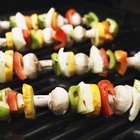
What Goes Well With Barbecue Pork Chops?

What Is a Chateau Cut?

How to Marinate a Top Round Roast
A Good Side to Serve With Pork Shoulder

What Meals Can You Make With Cut-Up ...

How to Cook With Pork Jowl

How to Cook Silverside on a Stove Top

Types of Corned Beef
How to Cook Pre-Seasoned Porketta
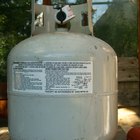
How to Barbeque a Brisket on a Gas Grill

How to Make Boar's Head Roast Beef at ...
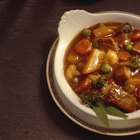
Complimentary Foods for Beef Bourguignon

How to Convection Roast a Brisket

The Different Cuts of Beef: Sirloin, ...
What Meat Goes Well With Boiled Cabbage?
How to Make Beef Bottom Round Roast ...

What Cocktails Go Well With Pork ...

How to Cook a Large Amount of Corned ...
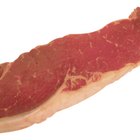
The Difference Between a Sirloin Roast ...
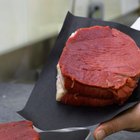
How to Slice Round Steak for Jerky
References
Writer Bio
Joshua McCarron has been writing both online and offline since 1995. He has been employed as a copywriter since 2005 and in that position has written numerous blogs, online articles, websites, sales letters and news releases. McCarron graduated from York University in Toronto with a bachelor's degree in English.
Photo Credits
Jupiterimages/Stockbyte/Getty Images